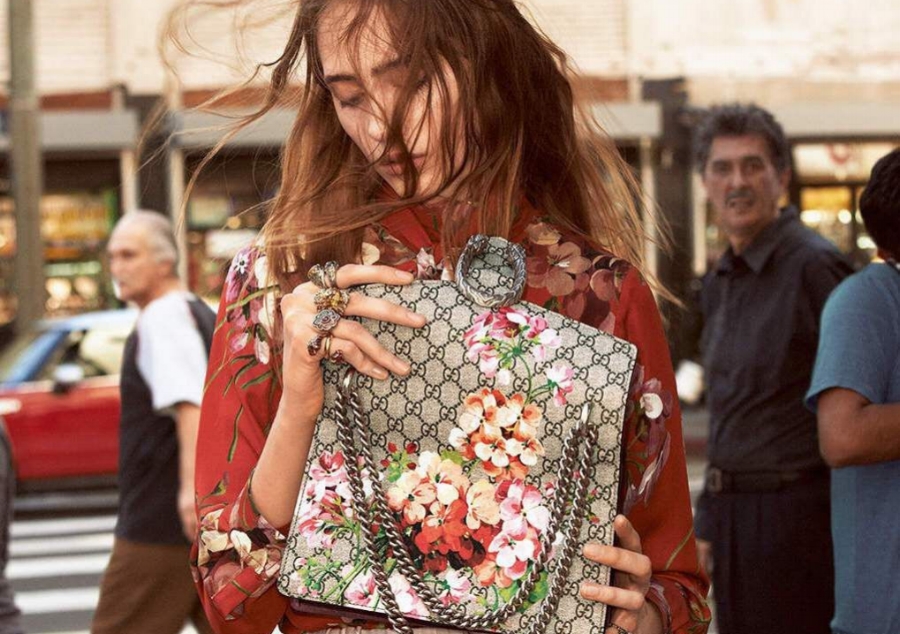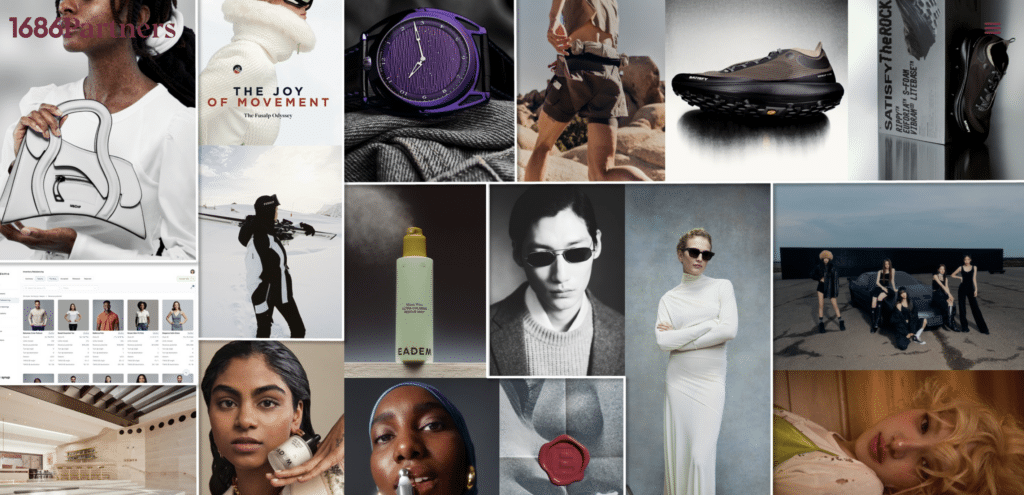A staggering 235 million items of unwanted clothing were expected to be dumped into landfills in the United Kingdom last year. In the U.S., the average individual tosses out 81 pounds of used clothing on an annual basis. Meanwhile, brands and retailers are seemingly no better, with Burberry coming under fire recently for destroying nearly $40 million products in 2017, and fast fashion giant H&M “incinerating over 60 tons of new, unworn apparel” at one a waste disposal facility in Denmark, alone, over the past several years.
Overconsumption and the inevitable disposal of unwanted clothing and accessories has become a worrying global problem – and in many cases, these goods are unnecessarily thrown away, instead of being repaired or recycled. Couple this with the large scale reliance on and constant proliferation of trends by the fashion industry and the widespread desire amongst consumers to consistently wear new things, and the result is a reduction in the value of individual pieces of clothing, thereby making them easily disposable in order to make room for the next round of consumption.
Another striking statistic: More than 100 billion items of clothing are being produced annually (requiring what will be 25 percent of the world’s carbon footprint by 2050), and 50 percent of fast fashion pieces are disposed of within a year, giving rise to serious concerns over its environmental impact and contribution to climate change.
While there is no easy solution to fashion’s environmental harms, increased attention is being paid to a circular economy model, one that seeks to move beyond fashion’s linear model of take, make and waste, in order to close the loop, and design out waste and minimize environmental impacts.
Recycling has become an important initiative to address this. Outdoor clothing brand Patagonia, for instance, has been encouraging its customers to repair their old outdoor garments rather than buy brand new stuff. This includes offering free clothing repairs in order to extend the life of its garments, which Patagonia explained a couple of years ago, “is the single most important thing we can do to lower our impact on the planet.”
Patagonia is also using recycled plastic bottles to make polyester fleece, just as adidas has been using some of the millions of pounds of plastic reclaimed from the ocean to craft three versions of its UltraBoost shoe, selling more than 1 million pairs in 2017, alone. Partnering with Parley for the Oceans for the project, adidas says that each pair of shoes reuses 11 plastic bottles, and by 2020, the German sportswear giant wants all of its sneakers to be made using recycled plastic.
While recycling could achieve circulatory by designing out waste, it can create alternative environmental problems. For instance, recycling is energy intensive and may require use of further virgin materials. Additionally, while it resolves some of fashion’s sustainability issues, it does not adequately address the problem that consumers buy too much, and that the average number of times a garment is worn is swiftly declining. Still unaddressed: How, exactly, fashion is marketed and sold.
Are Rentals The Future?
WRAP, the UK’s resource efficiency agency, has identified rentals as an innovative business model that gives clothing and accessories a longer shelf life, and at the same time, also reduces material use and carbon emissions – all without forcing consumers to feel short-changed when it comes to the adoption of new trends in light of fashion’s agenda of consistent change of style.
The possible value of the clothing rental market in the UK, alone, is predicted to be $1.2 billion and the model is already well-established for certain items, such as formal suits for men, and in the U.S., formal wear for women, thanks to Rent the Runway, the e-commerce business for designer dress and accessory rentals that was launch in late 2009 by Harvard Business School grads Jennifer Hyman and Jennifer Fleiss.
The rental of luxury goods, whether it be Gucci handbags or Celine garments, is proving a selling point for at a growing number of consumers. Paris-based Instant Luxe, an e-commerce site that already offers second hand designer garments and accessories to over one million members, said that it is testing the rental space in light of a new “pattern of consumption” where women see no shame in renting their wardrobe.
According to Yann Le Floc’h, the founder and CEO of Paris-based Instant Luxe, many women would rather use than own a luxury bag. “Uber has changed transport, Airbnb accommodation and habits are changing in the luxury goods market too,” he says. “We are changing our consumption habits from ownership to use. And people are not renting just for special occasions but to treat themselves.”
Julie El Ghouzzi, the director of France’s Luxury Goods and Creation Centre, echoed this notion, saying that the push towards renting garments and accessories marks “a real change in society. We have less need to possess things and greater need for appearances.”
Not without environmental drawbacks of its own, such as the transportation back and forth from company to rental consumer and a sizable amount of dry cleaning, rentals have the ability to be convenient and affordable, and to fulfil the desire among many consumers to consistently have something new.
Maybe most importantly, though, the practice of renting – which is part of a larger cultural move towards a sharing economy in which ownership could potentially become obsolete – has the potential to reduce waste and increase the lifespan of garments, but to achieve a more sustainable industry, where a systemic change in business practice and consumer behavior is desperately needed.
Naomi Braithwaite is a Senior Lecturer in Fashion Marketing and Branding at Nottingham Trent University. Additions and edits courtesy of TFL.














